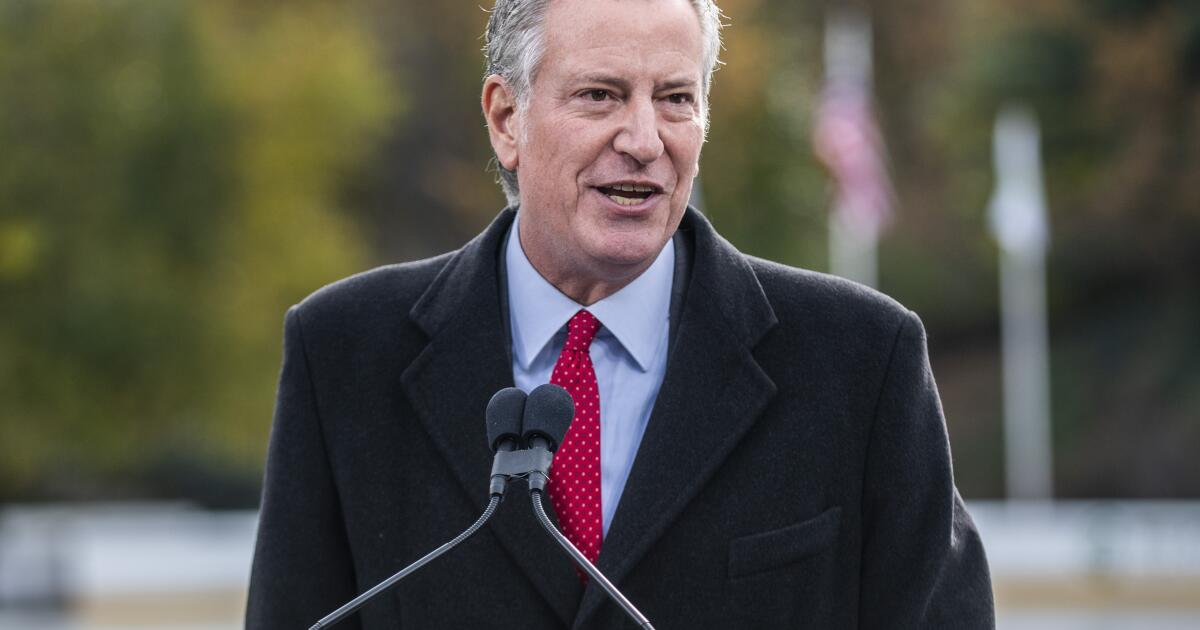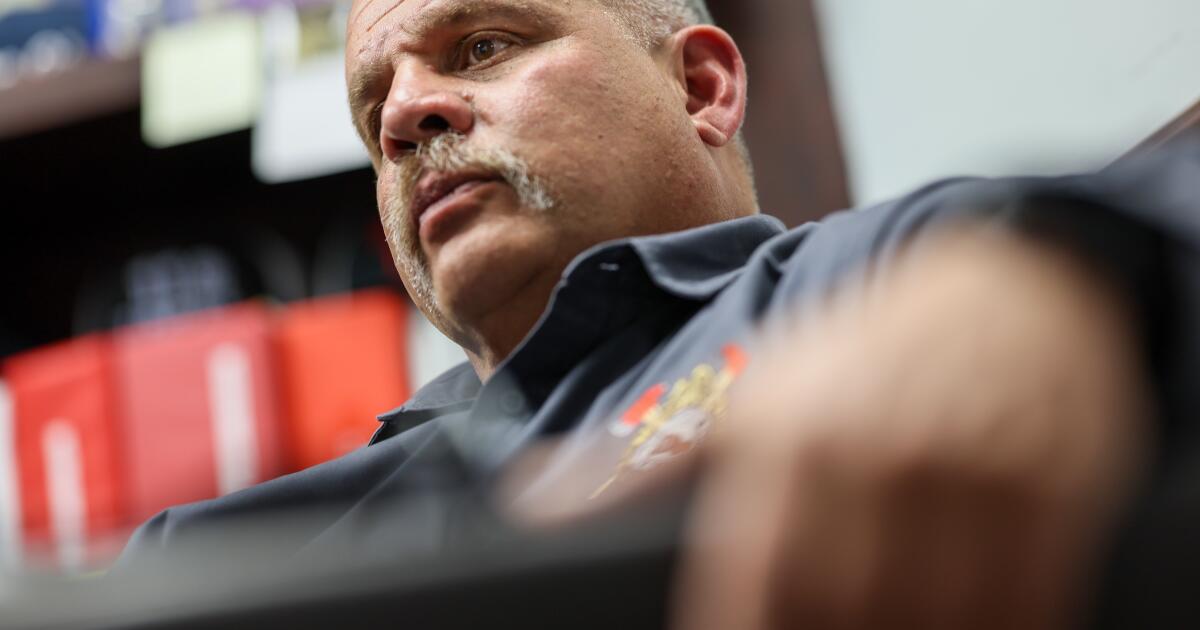Did Nvidia Just Help Amazon, Microsoft, and Google at CoreWeave’s Expense?
Nvidia’s decisions can have huge ripple effects through the AI world. But probably not this time.
Nvidia (NVDA 3.52%) enjoys great relationships with some of the biggest tech companies on the planet. Its customer base includes the three largest cloud service providers: Amazon (AMZN -0.16%), Microsoft (MSFT -0.30%), and Google parent Alphabet (GOOG 1.04%) (GOOGL 1.06%).
However, Nvidia’s reach isn’t limited to the biggest of the big. It also works closely with many rising stars. CoreWeave (CRWV 0.39%) is arguably the most prominent example, especially considering that Nvidia has a multibillion-dollar stake in the AI-focused hyperscaler.
It stands to reason that Nvidia wants all these partners to succeed. But did the GPU giant just help Amazon, Microsoft, and Google at CoreWeave’s expense?
Image source: Getty Images.
Nvidia’s retreat
Nvidia launched DGX Cloud in 2023. The company billed the new platform as a way for enterprises to get immediate access to Nvidia’s AI supercomputers so they could train generative AI and other advanced AI models.
But Nvidia appears to be retreating from this market. The Information, a website that focuses on technology industry news, recently reported that Nvidia is primarily using DGX Cloud for internal use now instead of marketing the platform to customers.
Is there other evidence that supports the view that Nvidia is shifting its strategy? Maybe. In the past, Nvidia highlighted its DGX Cloud services when discussing cloud spending commitments in its quarterly 10-Q filings. In the company’s update for the second quarter of 2025, though, DGX Cloud wasn’t mentioned in this context.
Instead of marketing the DGX Cloud platform to customers, Nvidia appears to be focusing now on its Lepton GPU rental marketplace. CEO Jensen Huang explained in the May 2025 announcement of Lepton that the new service “connects our network of global GPU cloud providers with AI developers.”
Helping the “big three,” hurting CoreWeave?
Some industry observers saw DGX Cloud as a move for Nvidia to compete against the major cloud service providers. But Nvidia rented GPUs from CoreWeave to use with DGX Cloud. Could the company’s reported move to back away from marketing DGX Cloud help Amazon Web Services (AWS), Microsoft Azure, and Google Cloud while hurting CoreWeave? The short answer is “no.”
For one thing, Microsoft Azure and Google Cloud host DGX Cloud. Although AWS didn’t, there’s no solid proof that Nvidia’s cloud platform hurt its business.
A retreat from DGX Cloud wouldn’t hurt CoreWeave, either. CoreWeave recently disclosed that Nvidia will purchase $6.3 billion of its unused cloud computing capacity through April 13, 2032.
Perhaps most importantly, though, Nvidia might not be retreating from DGX Cloud as reported by The Information after all. According to Data Center Dynamics, Alexis Bjorlin, who is Nvidia’s vice president and general manager for DGX Cloud, said, “DGX Cloud is fully utilized and oversubscribed, and we are expanding its scale.”
Winners all around
Whatever Nvidia’s strategy with DGX Cloud is, I don’t think CoreWeave has anything to worry about. My view is that all of these stocks — Nvidia, Amazon, Microsoft, Alphabet, and CoreWeave — are poised to be big winners over the long run.
The AI boom doesn’t appear to be slowing down. That’s great news for Nvidia because more of its GPUs will be needed. It’s great news for Amazon, Microsoft, Alphabet, and CoreWeave because their cloud platforms will continue to enjoy tremendous demand.
It’s possible that the momentum could even accelerate. I think Nvidia’s technological advances will play a key role, if so. For example, the company plans to launch Rubin CPX, a new class of GPUs built for massive-context inference, in late 2026. This new technology could pave the way for an explosion in the use of AI in software development and long-form video creation.
As the smallest of the group, CoreWeave might have the most room to run. However, I expect all five of these top AI stocks will deliver tremendous gains over the next 10 years and beyond.
Keith Speights has positions in Alphabet, Amazon, and Microsoft. The Motley Fool has positions in and recommends Alphabet, Amazon, Microsoft, and Nvidia. The Motley Fool recommends the following options: long January 2026 $395 calls on Microsoft and short January 2026 $405 calls on Microsoft. The Motley Fool has a disclosure policy.





